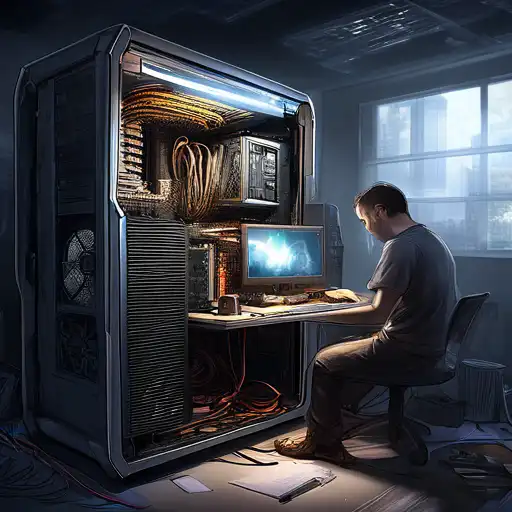Introduction to PC Building
Building your own PC can be a rewarding experience, offering both a sense of accomplishment and the opportunity to customize your machine to your exact needs. Whether you're a gamer, a content creator, or just someone looking for a powerful workstation, this guide will walk you through the basics of assembling your own computer.
Why Build Your Own PC?
Building a PC allows you to select each component based on your specific requirements and budget. It can also be more cost-effective than buying a pre-built system, and you'll gain valuable knowledge about how your computer works.
Essential Components for Your PC Build
Before you start, you'll need to gather all the necessary components. Here's a list of the essential parts:
- Processor (CPU): The brain of your computer.
- Motherboard: The main circuit board that connects all components.
- Memory (RAM): Temporary storage for your computer's active tasks.
- Storage (SSD/HDD): Where your operating system and files are stored.
- Graphics Card (GPU): Essential for gaming and graphic-intensive tasks.
- Power Supply (PSU): Powers all your components.
- Case: Houses all your components.
Choosing the Right Components
Selecting the right components is crucial for a successful build. Consider your budget and what you'll be using the PC for. For gaming, invest in a powerful GPU. For general use, a mid-range CPU and GPU will suffice.
Step-by-Step Guide to Building Your PC
Now that you have all your components, it's time to start building. Follow these steps:
- Prepare your workspace and ensure you have all necessary tools.
- Install the CPU onto the motherboard carefully.
- Install the RAM into the appropriate slots on the motherboard.
- Mount the motherboard inside the case.
- Install the storage drives (SSD/HDD) into the case.
- Insert the GPU into the PCIe slot on the motherboard.
- Connect the power supply and route cables neatly.
- Close the case and connect your monitor, keyboard, and mouse.
Installing the Operating System
After assembling your PC, you'll need to install an operating system. Windows is the most popular choice, but Linux is a great free alternative. Follow the on-screen instructions to complete the installation.
Final Thoughts
Building a PC may seem daunting at first, but with the right preparation and guidance, it's an achievable project for beginners. Not only will you end up with a machine tailored to your needs, but you'll also gain invaluable knowledge about computer hardware.
For more detailed guides on selecting components or troubleshooting, check out our PC Building Tips section.
